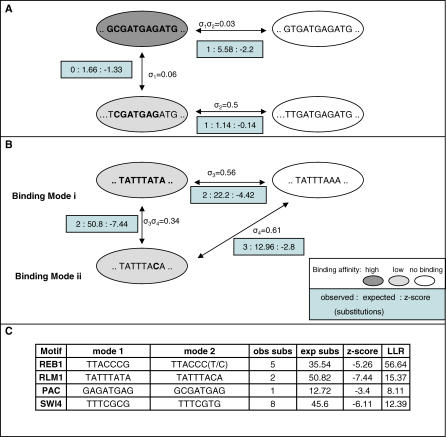Figure 3. Overlapping and Bimodal Target k-mer Sets.
(A,B) We demonstrate the effect of similar motifs in two types of redundancies, using examples from the de novo model. In one type of redundancy (A), two motifs are overlapping (here GCGATGAGATG and CGATGAG). This organization corresponds to one effective motif with two levels of affinity. The strong affinity binding sites appears as a hit for both motifs, and therefore the selection on it is the combined selection of both motifs. The weak affinity binding sites appears as a hit for just one motif (CGATGAG). A different type of redundancy (B) associates two similar motifs that differ in one base (here TATTTATA and TATTTACA), suggesting selection is preserving the separation between two variants of the same motif. We quantify the intensity of separation by comparing the likelihoods of models with merged and separated target k-mer sets, or by directly assessing the rate of substitutions between motifs in the two target k-mer set variants (Text S1).
(C) Inferred bimodal motifs. Shown are cases of similar but separated target k-mer sets in the de novo model, indicating the number of observed and expected substitutions between them, a z-score for these numbers (see Methods), and the LLR of the merged and separated models.

